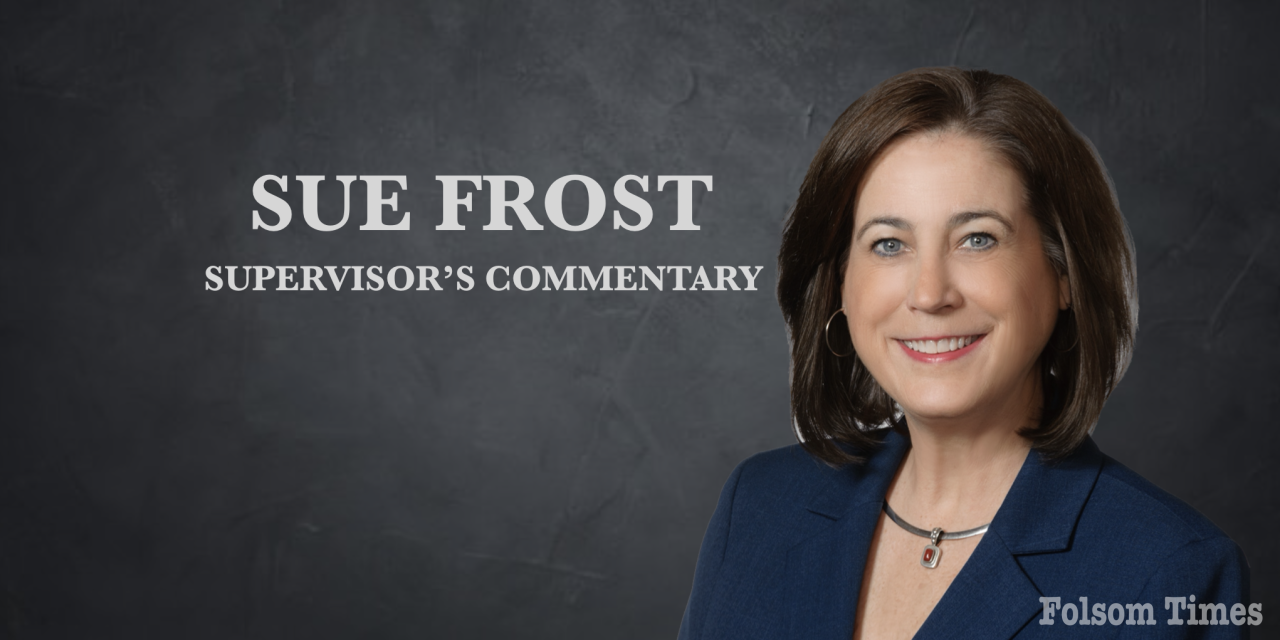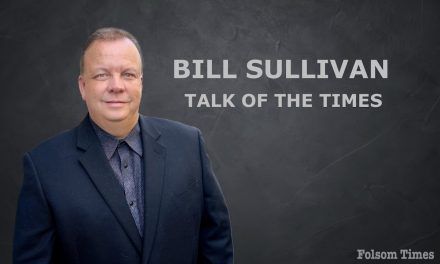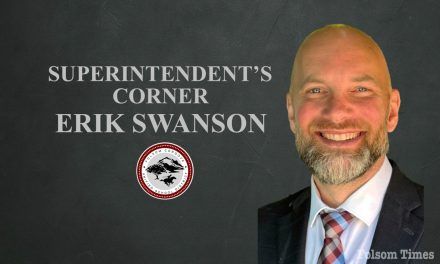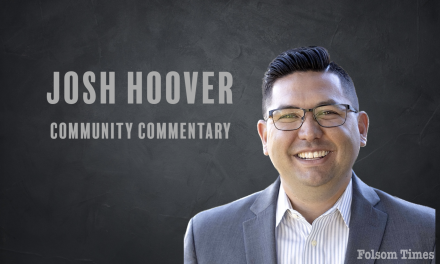I would love to be able to drive an affordable car that hovers over traffic and runs on a spoonful of tap water, but since that technology doesn’t exist, it would be crazy to impose regulation on consumers
But that is exactly what the California Air Resources Board (CARB) is doing by pushing tough environmental rules they claim will reduce pollution from boats, trucks, and trains, aiming for a carbon-neutral future. These new regulations rely on technology that doesn’t currently exist, so their justification is based more on science fiction than practical reality.
In January, CARB started implementing the California Advanced Clean Fleets (ACF) regulation. This builds on their earlier Advanced Clean Trucks (ACT) rule. Both are designed to force companies to replace current fleets with zero-emission vehicles. California has 13 ports and moves millions of tons of produce to markets every year – so it plays a huge role in the U.S. transportation system.
The controversy gets even worse when we look at the rail sector. Last fall, CARB wanted to bring in stricter pollution standards for all trains in California. They hoped to force rail companies to use advanced technologies that aren’t yet practical or affordable. New locomotives could cost $4 to $5 million each, which might bankrupt smaller rail companies and would raise the cost of everything from produce to blue jeans. Trains account for less than 0.5% of air pollution – so even if the technology worked and was affordable, the impact would barely be measurable. These regulations could also disrupt supply chains since different states would need to swap out locomotives at California’s border to meet these new rules.
During a Congressional hearing, a representative from the Bay Area Air Quality Management District claimed that trucks might be cleaner for transporting freight than trains, contrary to long-established facts. This statement indicates bureaucrats favor trucking over rail services, paradoxically increasing truck traffic and undermining purported environmental benefits of reducing train operations – all while the state continues to pour billions of dollars into the ill-fated California High-Speed Rail. It just doesn’t make sense.
CARB defends these regulations by comparing current train emissions to the future performance of an imaginary electric freight truck fleet envisioned by the new ACF rule. There are a host of problems with this pie-in-the-sky analysis:
- California does not produce nearly enough electricity to support an electric truck fleet (or an electric train fleet.)
- California does not have the charging infrastructure needed to deliver electricity to support the imaginary fleet.
- Electric Trucks have an optimal range of 250-300 miles, but truckers currently average over 500 miles per day. The technology exists to replace the neighborhood Amazon delivery truck with an electric version, current technology can’t replace the long-haul freighters who deliver the goods to the Amazon warehouse.
- California has over 400,000 heavy freight trucks delivering goods across the state – and fewer than 4,000 are electric (mostly for short-range delivery). There is not enough manufacturing capacity to replace all 400,000 heavy trucks.
- CARB has no viable plan for the disposal of old diesel trucks and engines they are trying to regulate out of existence.
The real problem with CARB’s approach is that unelected bureaucrats are imposing massive new regulations based on science fiction and driven by activist ideology rather than engineering or common sense – and without input from those directly impacted. These speculative regulations pose a threat to the viability of existing transport systems, would drastically increase the costs of energy, food, and other goods, and raise concerns about the equitable and effective governance of environmental policies.
As debates continue and the EPA considers CARB’s waiver request, the decisions made will significantly influence the future of national transportation and economic stability.
I want cleaner air, but rather than relying on slogans and science fiction, we should concentrate our resources on proven methods we already know will reduce emissions – like improving roads and highways to reduce traffic jams and modernizing ports and freight transfer stations so trucks are not forced to idle for hours waiting for loads.
Thank you for Reading – and as always if you want to contact me, call me at 916-874-5491, or e-mail me at SupervisorFrost@saccounty.gov. Sacramento County Supervisor Sue Frost represents the 4th District, which includes the communities of Citrus Heights, Folsom, Orangevale, Antelope, North Highlands, Rio Linda, Elverta, and Rancho Murieta.




